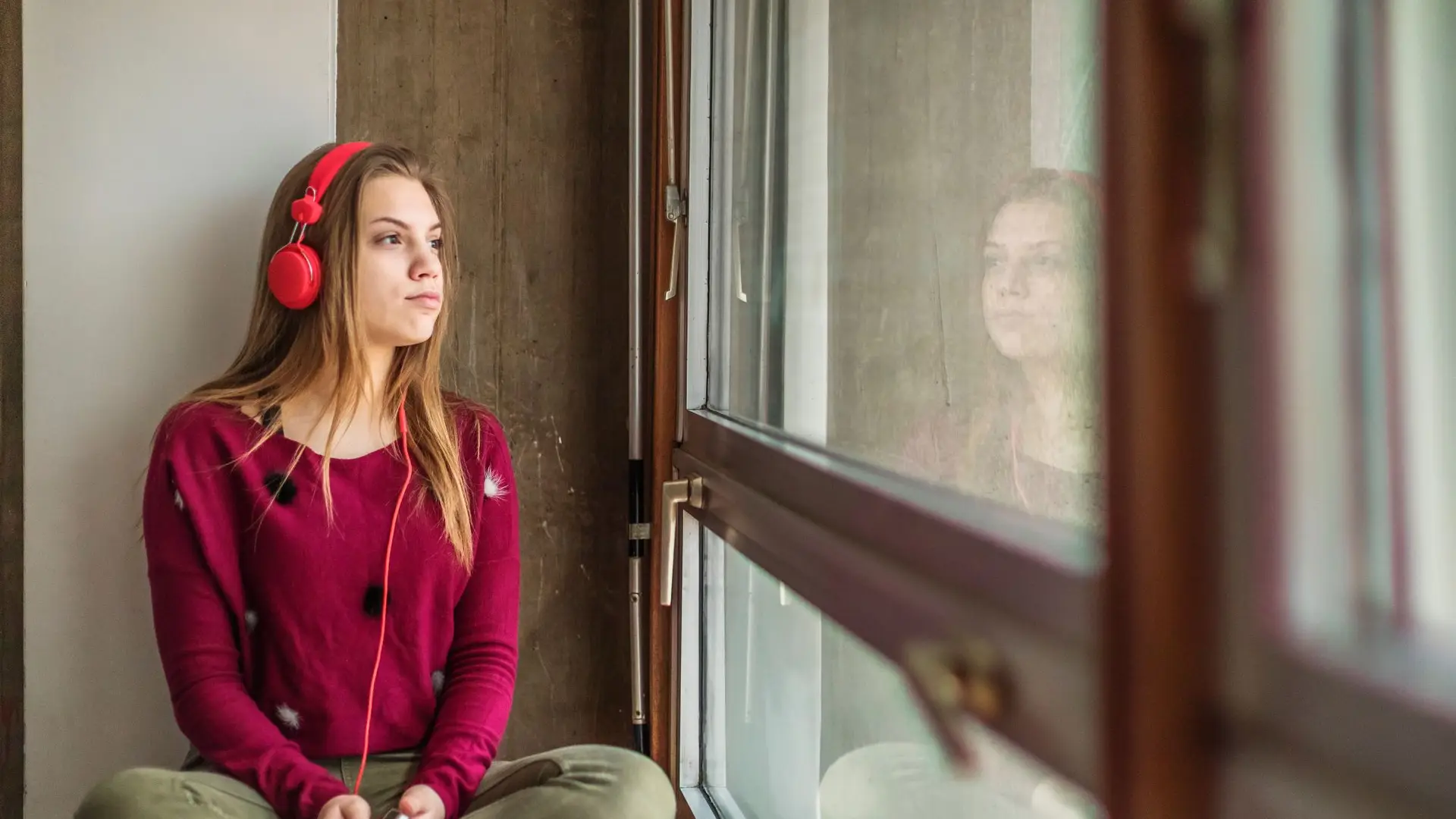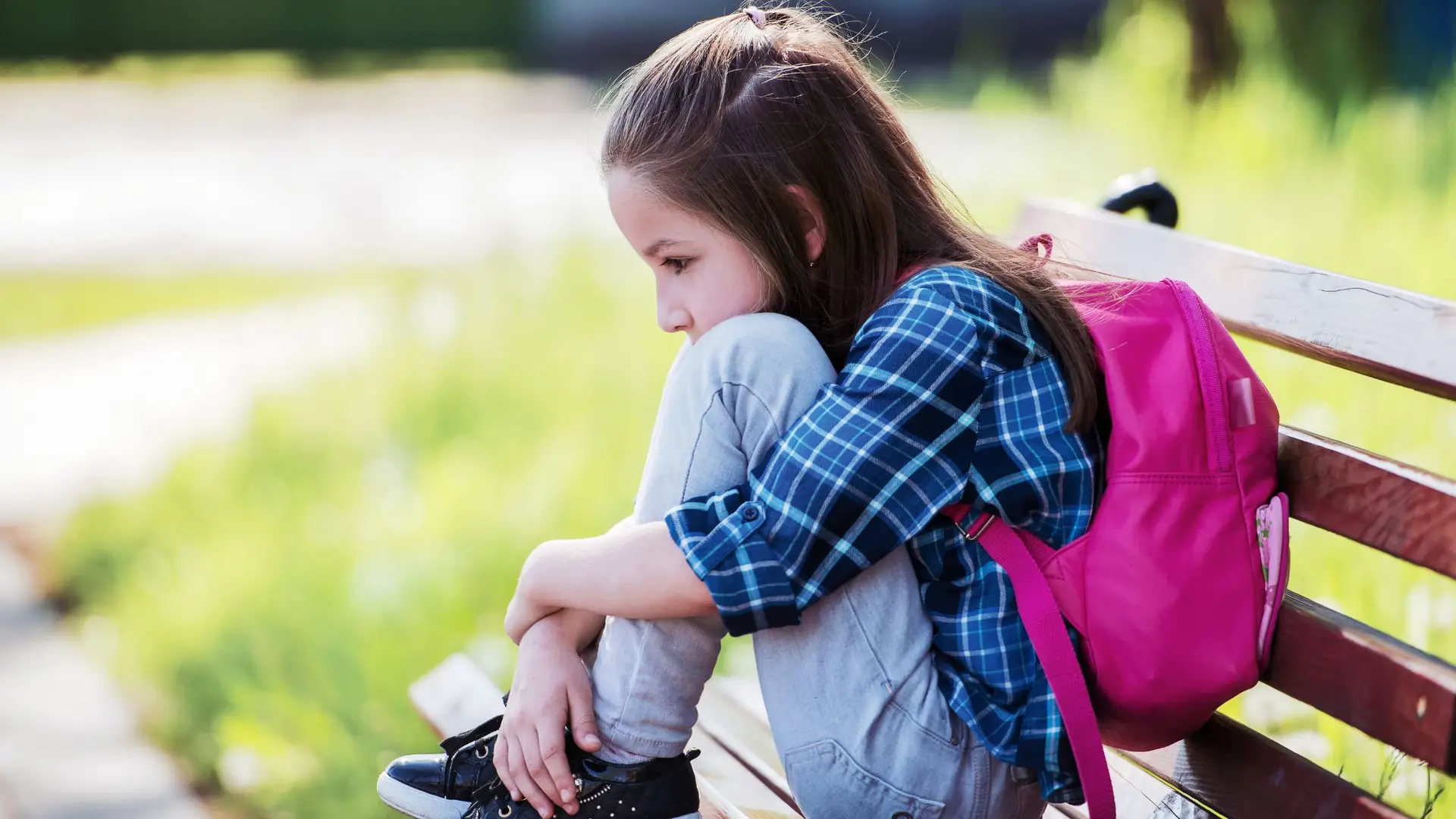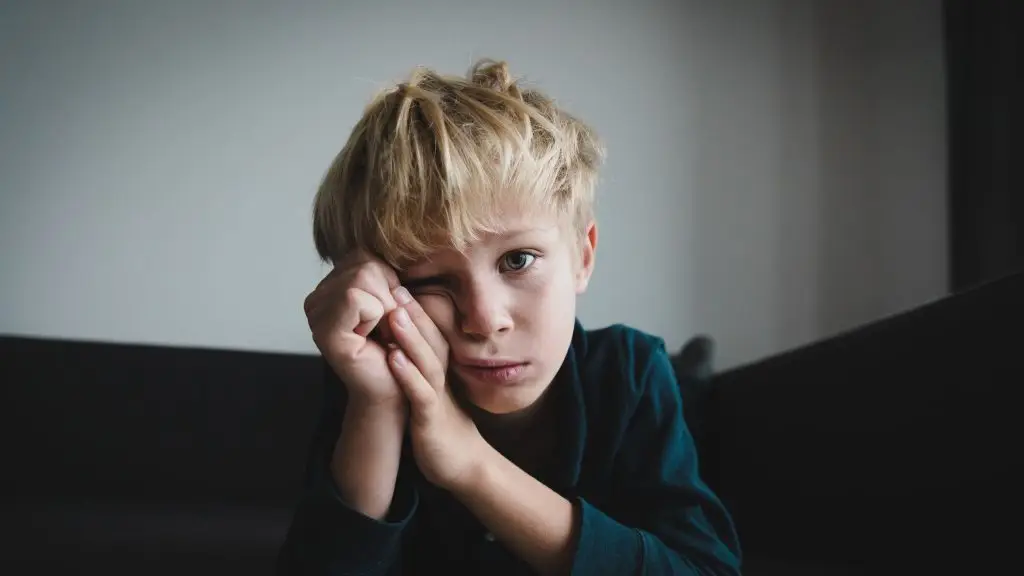
Growing Up in Pain: Understanding Childhood and Teenage Chronic Pain
Chronic pain is often associated with adults, but it is important to recognize that children can also suffer from this debilitating condition. It is estimated that approximately 20% of children worldwide experience chronic pain, making it a widespread concern.
Children with chronic pain face numerous hurdles in their everyday lives. Pain can interfere with their ability to participate in school, socialize with friends, and engage in physical activities. This can lead to feelings of isolation, frustration, and anxiety. It is crucial for parents, caregivers, and healthcare professionals to recognize these challenges and provide the necessary support.
Understanding the underlying cause of chronic pain in children is essential for effective management. Common conditions that can cause chronic pain in children include migraines, musculoskeletal disorders, autoimmune diseases, and psychological factors such as anxiety and depression. Identifying the root cause will help tailor treatment plans that address both the physical and emotional aspects of the pain.
Treatment options for chronic pain in children vary depending on the individual’s condition and needs. They may include a combination of medications, physical therapy, cognitive-behavioural therapy, and complementary therapies such as acupuncture or mindfulness practices. It is important to work closely with healthcare professionals to find the most suitable treatment plan for each child.
Additionally, providing emotional support and creating a supportive environment is crucial for children living with chronic pain. Encouraging open communication, validating their experiences, and involving them in decision-making processes can empower children and help them feel more in control of their pain.
It is also essential for parents and caregivers to educate themselves about chronic pain in children. By understanding the condition, its impact, and available treatment options, they can better support their child’s journey towards managing and living with chronic pain.

Pediatric Chronic Pain Conditions
When we think of chronic pain, we often associate it with adults. However, it is important to recognize that children can also experience chronic pain conditions that significantly impact their daily lives. Let’s delve into the various pediatric chronic pain conditions, their causes, and potential treatment options.
One of the most common pediatric chronic pain conditions is juvenile idiopathic arthritis (JIA). JIA is an autoimmune disorder that causes joint inflammation and pain in children. It can be challenging to diagnose since its symptoms mimic other conditions, but early detection is crucial to prevent long-term joint damage. Treatment options for JIA include medications, physical therapy, and lifestyle modifications to manage pain and improve quality of life.
Another common chronic pain condition in children is complex regional pain syndrome (CRPS). CRPS typically occurs after an injury or trauma and is characterized by severe, continuous pain that may spread to other parts of the body. Children with CRPS may also experience changes in skin color and temperature, as well as swelling and limited mobility. Treatment for CRPS often involves a multidisciplinary approach, including physical therapy, medications, and psychological support.
Fibromyalgia, a condition characterized by widespread musculoskeletal pain, is not limited to adults. Children can also develop fibromyalgia, which can affect their physical and emotional well-being. Diagnosing fibromyalgia in children can be challenging, as symptoms may vary and overlap with other conditions. Treatment for pediatric fibromyalgia typically involves a combination of medications, physical therapy, and cognitive-behavioral therapy to manage pain and improve sleep quality.
Chronic headaches, such as migraines and tension headaches, are also prevalent in children. These headaches can be debilitating and significantly impact a child’s daily activities and school performance. Treatment options for chronic headaches include medications, lifestyle modifications, stress management techniques, and cognitive-behavioral therapy.
It is important for parents and caregivers to understand that pediatric chronic pain conditions require specialized care. Seeking medical attention from healthcare professionals experienced in pediatric pain management is crucial to ensure proper diagnosis and tailored treatment plans.
Living with pediatric chronic pain conditions can be challenging for both children and their families. It is essential to provide support, education, and resources for children and their caregivers to help them navigate and cope with the physical and emotional aspects of chronic pain.
In conclusion, pediatric chronic pain conditions are a reality for many children. By raising awareness and providing appropriate care, we can help alleviate the suffering of these young individuals and improve their quality of life.


Approaches to Pain Management in Children
One of the most widely used approaches in pain management for children is pharmacological intervention. This involves the use of medications such as nonsteroidal anti-inflammatory drugs (NSAIDs), opioids, and local anesthetics. However, it is important to note that the use of medications in children should always be closely monitored by a healthcare professional to ensure dosage and potential side effects are carefully considered.
Another approach to pain management in children is physical therapy. This can include a range of techniques such as exercises, stretches, and manual therapy to improve mobility, reduce pain, and enhance overall function. Physical therapy can be particularly beneficial for children experiencing chronic pain due to conditions such as musculoskeletal disorders or injuries.
Psychological interventions also play a vital role in managing pain in children. Cognitive-behavioral therapy (CBT) is often used to help children develop coping strategies and change negative thought patterns associated with pain. Relaxation techniques, such as deep breathing exercises and guided imagery, can also be effective in reducing pain levels and promoting relaxation.
In addition, complementary and alternative therapies have gained popularity in pediatric pain management. Techniques such as acupuncture, massage, and aromatherapy have shown promising results in relieving pain and improving overall well-being in children. However, it is important to consult with a healthcare professional before exploring these options to ensure they are appropriate for a child’s specific needs and condition.
Lastly, parental involvement and support are crucial in managing pain in children. Parents can play an active role in helping their child cope with pain by providing emotional support, encouraging healthy lifestyle habits, and advocating for their child’s pain management needs.

Supporting Children with Chronic Pain in School
The pain experienced by these young individuals can often hinder their ability to fully participate in school activities and achieve their academic potential. Therefore, it is crucial for parents, caregivers, and educators to collaborate and provide the necessary support to help children with chronic pain thrive in the school environment.
Firstly, it is important to educate school staff, including teachers, administrators, and school nurses, about chronic pain in children. Many people may not fully understand the impact of chronic pain on a child’s daily life. By raising awareness, educators can develop empathy and tailor their teaching methods to accommodate these students’ unique needs. Workshops and training sessions can be organized to provide the necessary knowledge and strategies for supporting children with chronic pain.
In order to create a supportive environment, individualized education plans (IEPs) can be developed for each child with chronic pain. These plans should outline specific accommodations and modifications that will allow the child to participate in school activities to the best of their abilities. For instance, flexibility in attendance policies, extended time for assignments, and frequent breaks during the school day can be included in the IEPs. Collaborating with healthcare professionals, such as pediatricians and pain specialists, can ensure that the IEPs are comprehensive and tailored to each child’s unique needs.
Communication between parents, caregivers, and school staff is paramount. Regular meetings should be scheduled to discuss the child’s progress, any changes in their pain management plan, and to address any concerns or challenges that may arise. This open line of communication will ensure that everyone involved is on the same page and can work together to support the child’s academic success.
Additionally, incorporating pain management strategies into the school day can be beneficial. This may include providing a quiet space for the child to rest or engage in relaxation techniques when needed. Encouraging peer support and understanding can also help alleviate any feelings of isolation or exclusion that the child may experience.
Overall, supporting children with chronic pain in school requires collaboration, empathy, and individualized approaches. By raising awareness, developing IEPs, fostering communication, and implementing pain management strategies, children with chronic pain can thrive academically and emotionally in the school environment.
The Life of Chronic Pain
Click below to view the other sections within the life of Chronic Pain
Click Here